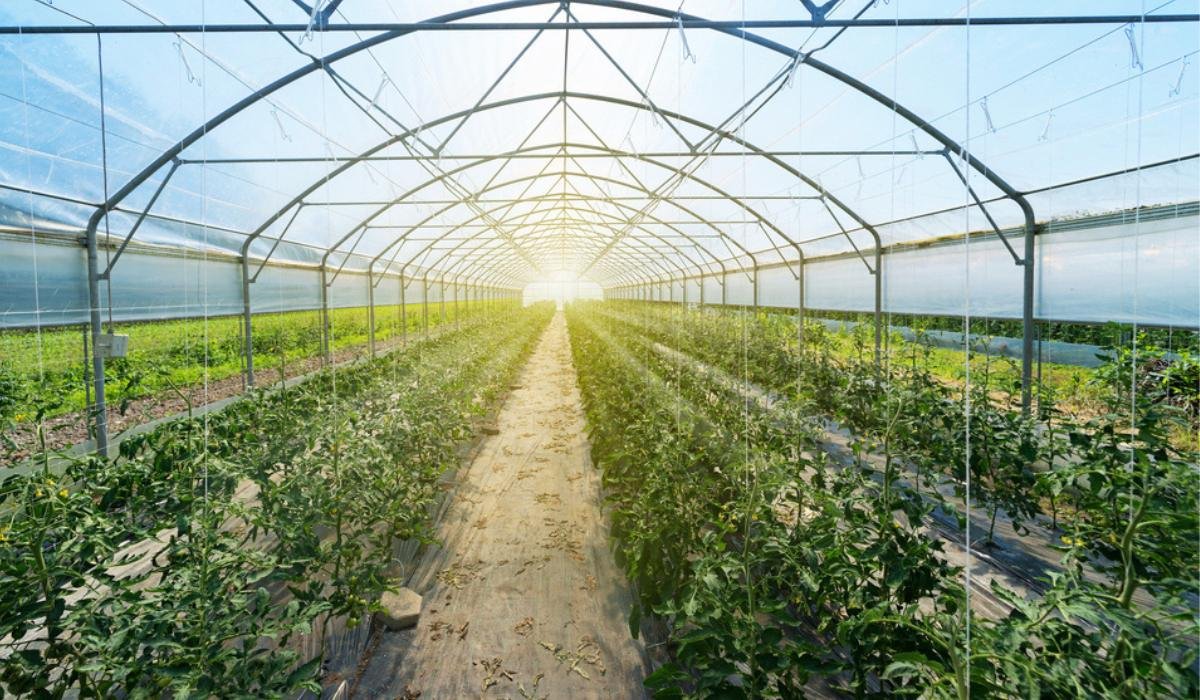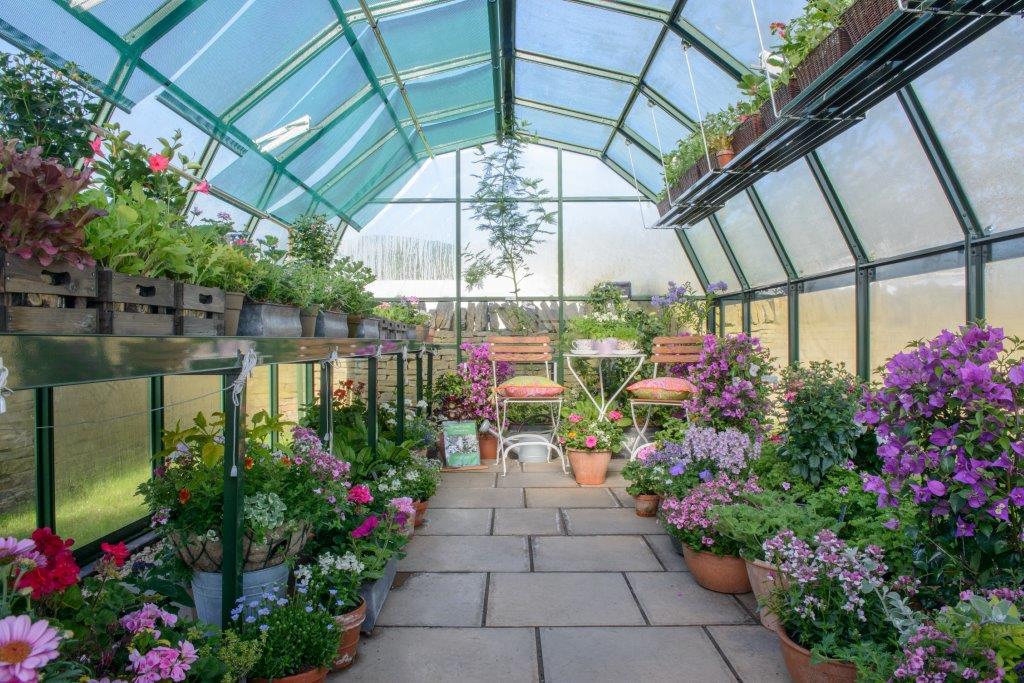Structure Desires, Growing Environment-friendly: Monarch Greenhouse Builder Utah at Your Solution
Wiki Article
The Future of Greenhouses: Developments in Sustainable Agriculture
Are you interested concerning the future of greenhouses and how they are revolutionizing lasting farming? Look no more! In this short article, we will explore the amazing technologies that are leading the way for a greener and extra effective farming industry. From advanced climate control systems to vertical farming methods, water-efficient watering techniques, renewable power assimilation, and clever data analytics, these improvements are transforming the way we grow our food. Obtain ready to discover the future of lasting farming in greenhouses!Advanced Climate Control Systems
To attain optimal growing conditions, you can depend on the advancements in greenhouses with innovative climate control systems. These systems have actually changed the method we grow crops, giving a regulated atmosphere that contributes to plant development. With these innovative systems, you can now adjust temperature level, humidity, light levels, and also CO2 focus to develop the excellent conditions for your plants to thrive.Among the key functions of these advanced climate control systems is their ability to manage temperature. By utilizing sensing units and automated controls, the greenhouse can change the temperature level based upon the certain needs of the plants. This makes certain that they are never exposed to extreme heat or cool, which can be damaging to their growth.
Humidity control is another essential element of these systems. By maintaining the suitable humidity degrees, you can prevent issues such as mold, mildew, and condition from impacting your plants. These systems can also regulate the quantity of light that gets to the plants, making sure that they obtain the ideal quantity for photosynthesis.
In addition, progressed environment control systems can even manipulate carbon dioxide focus. By raising the levels of CO2 in the greenhouse, you can improve plant growth and performance. This is especially useful in areas with low all-natural CO2 levels.
Upright Farming Methods
One vital vertical farming technique is making use of stacked expanding systems. Piled growing systems are generally made use of in city locations where space is restricted.One popular method is called vertical hydroponics, where plants are grown in nutrient-rich water without dirt. This method is highly reliable as it decreases water use by up to 90% compared to typical farming approaches. Additionally, because the plants are grown inside your home, they are secured from diseases and parasites, lowering the demand for pesticides.
An additional technique is aeroponics, which entails putting on hold the plant roots in a mist or air environment. This technique permits ideal nutrient absorption and oxygenation, resulting in faster growth and higher returns. Aeroponics additionally utilizes much less water than typical farming and can be carried out in upright systems, making it a preferred choice for vertical farming.
Water-efficient Irrigation Approaches
When it comes to executing water-efficient irrigation techniques in lasting farming,Making the most of water conservation is essential. With worldwide water deficiency coming to be a pushing issue, it is crucial to establish ingenious methods that optimize water use in greenhouse operations.One encouraging approach is drip irrigation, which delivers water directly to the plant origins, decreasing waste and dissipation. By utilizing a network of tubes with tiny emitters, water is applied gradually and precisely, making certain that plants obtain the essential moisture without excess overflow.
Another reliable strategy is using soil dampness sensing units. These devices measure the dampness material in the soil and provide real-time information to farmers. By keeping track of the soil's wetness levels, farmers can accurately figure out when and how see this page much water to use, preventing over-irrigation.
Furthermore, the implementation of rainwater harvesting systems is getting appeal in greenhouse farming. Gathering rainwater from roofs and keeping it in storage tanks enables farmers to use this natural deposit for irrigation purposes, minimizing dependence on traditional water sources.
Last but not least, the fostering of automated irrigation systems can significantly boost water efficiency. These systems use sensing units to identify soil wetness degrees and weather problems, readjusting watering routines appropriately. By enhancing water use based on real plant needs, these systems can reduce water waste and promote lasting farming practices.
Renewable Resource Assimilation
Renewable energy combination in greenhouses uses a number of advantages, including minimized operating prices and decreased dependence on non-renewable energy resources. The produced power can then be used to run numerous operations address within the greenhouse, such as heating, lighting, and ventilation systems. These turbines harness wind power and transform it into electrical energy, which can be made use of to supplement the power needs of the greenhouse.Smart Information Analytics and Automation
To enhance the effectiveness of your greenhouse operations and enhance resource use, consider executing clever information analytics and automation. Smart information analytics involves gathering and examining information from various sensors and gadgets within your greenhouse.
This can include automating the control of lighting, air flow, watering systems, and nutrient delivery. By automating these processes, you can ensure that your plants receive the appropriate conditions and nutrients at the appropriate time, without the requirement for constant hands-on intervention.
Furthermore, wise data analytics and automation can work with each other synergistically. The data accumulated by sensing units can be utilized to notify automatic systems, allowing them to make real-time changes based upon the present conditions. This integration of data analytics and automation can lead to more exact and efficient resource allocation, inevitably resulting in greater yields and far better crop top quality.
Verdict
In verdict, the future of greenhouses in sustainable farming looks encouraging. With advanced climate control systems, vertical farming methods, water-efficient watering approaches, and sustainable power assimilation, greenhouses are ending up being extra environmentally pleasant and effective.
By maximizing water use based on actual plant requirements, these systems can reduce water waste and advertise lasting farming practices.

Report this wiki page